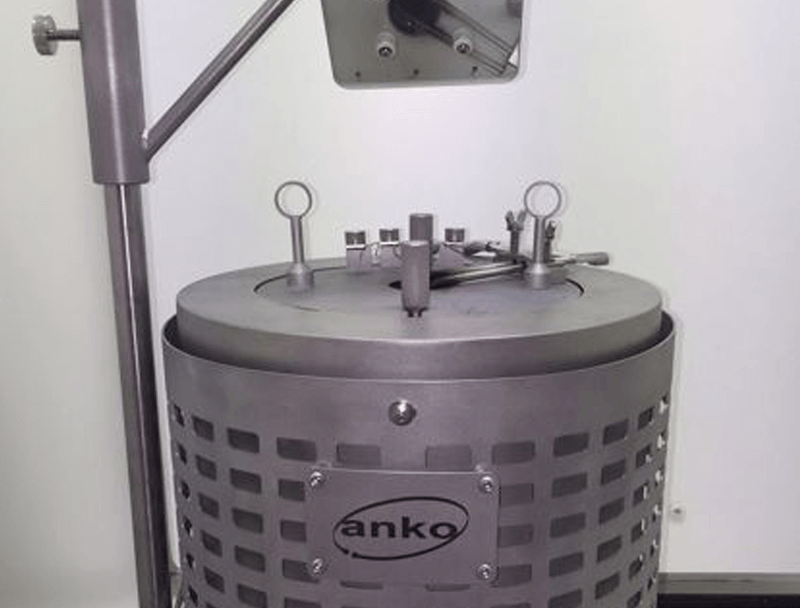Thermal Stability Testing
ASTM E659
The auto-ignition temperature (AIT) test is conducted to determine the lowest temperature at which a substance will produce hot-flame ignition in air at atmospheric pressure, without the aid of an external energy source such as spark or flame. It is the lowest temperature to which a combustible mixture must be raised, so that the rate of heat evolved by the exothermic oxidation reaction will overbalance the rate at which heat is lost to the surroundings and cause ignition.
The test is predominantly conducted on liquids, however gases and solids capable of full vaporisation can also be tested using the method below:
Working through a range of material concentrations, the material is injected into a heated, and thermal stabilised, 500 ml round bottom flask. Once an ignition temperature is observed the flask temperature is reduced, the material concentration varied until the AIT is established.
The AIT is required for defining the maximum permitted surface temperature of electrical and non-electrical equipment used in areas where the test material is present. This allows for the correct and appropriate designation of equipment based on their temperature class or “T” Class.

Many products are incorrectly given an AIT based either on untrustworthy literature or on its worst case component (component with the lowest AIT). Other inert or less sensitive components within the product can greatly affect the overall AIT of the product, generally producing a higher AIT.

Flammable Limits (LEL / UEL)
Read More
Limited Oxygen Concentration (LOC)
Read More
Explosion Severity
Read More© 2024 Sigma-HSE (India) Pvt Ltd | Registered in India No. U93000DL2014PTC266010 | Designed By WebClixs